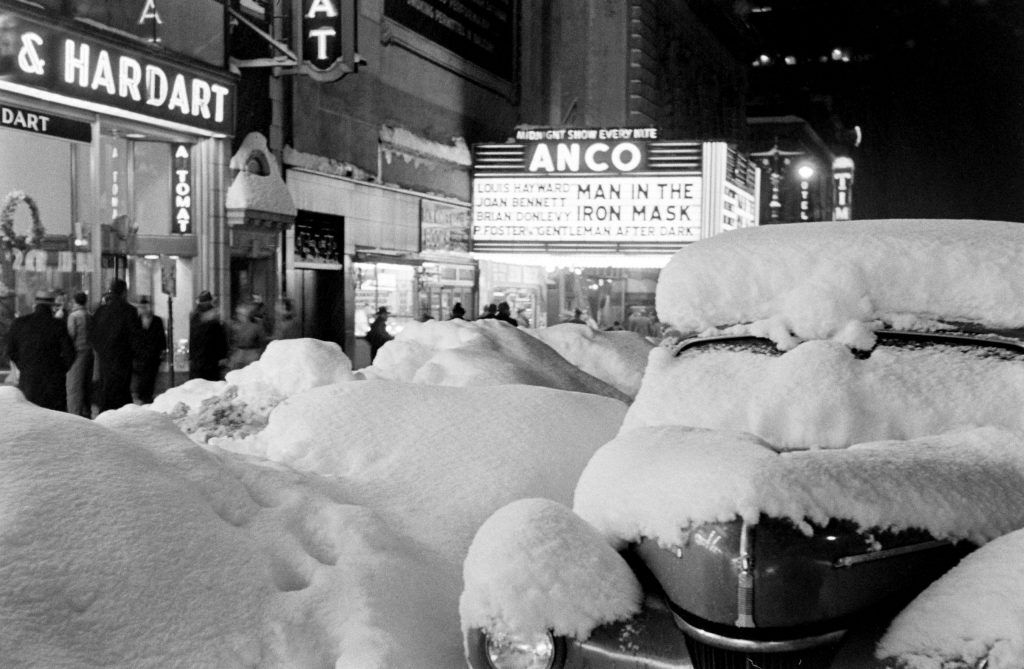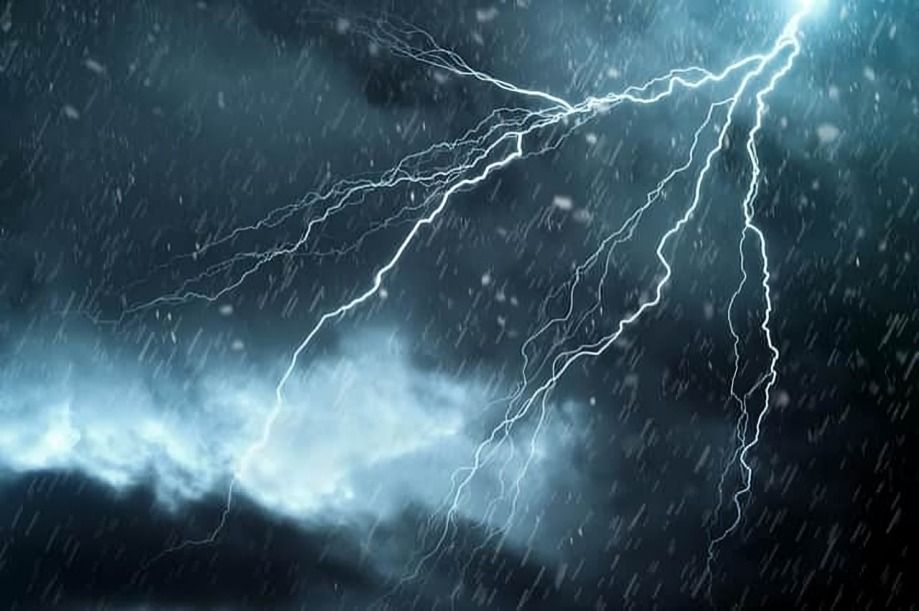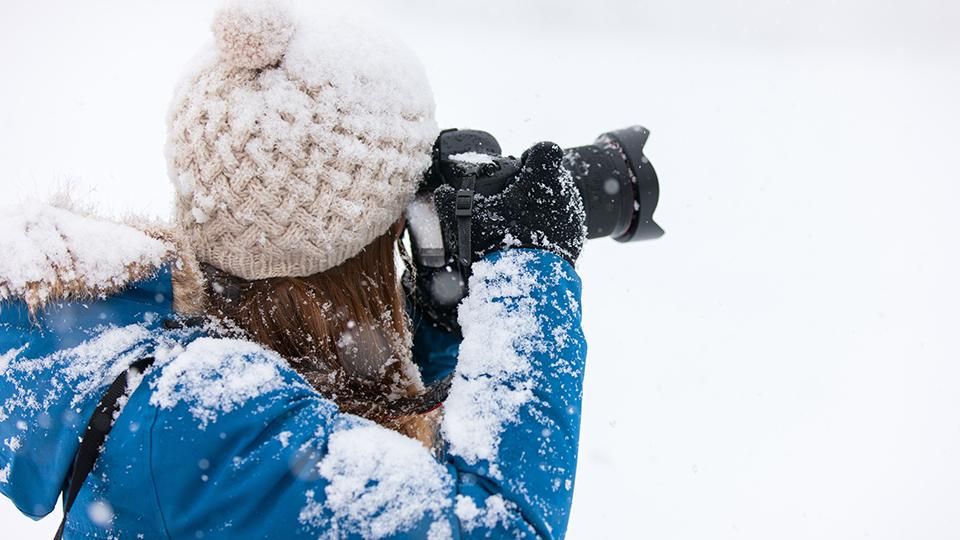
“
Blizzards, with their swirling snow and biting winds, are among nature's most awe-inspiring yet formidable weather phenomena. Understanding the facts behind blizzards not only unveils the science behind these winter storms but also prepares us to appreciate their impact on landscapes and communities. From their origins to their unique characteristics and historical significance, delving into blizzard weather facts illuminates the power and complexity of these icy tempests.1
1
”
A blizzard is a severe snowstorm characterised by strong sustained winds and low visibility, lasting for at least three or four hours. To qualify as a blizzard, a snowstorm must have sustained winds or frequent gusts greater than or equal to 56 km/h (35 mph). 1
On March 12-13, 1993, a monumental winter storm swept across the entire east coast of the USA. It was described as having “the heart of a blizzard and the soul of a hurricane. Tragically, 500 people lost their lives, and the storm caused US$1.2 billion (£825.14 million) worth of damage.2
During a blizzard, visibility plunges to near zero amidst a chaotic dance of snowflakes whipped into a frenzy by the relentless winds, creating an eerie "whiteout" where landmarks vanish and the world seems swallowed by a swirling, ghostly haze. 3
Central Canada and the U.S. Midwest are considered ‘blizzard country,’ where steep-roofed homes help deal with regular blizzards. 4

New York City was paralyzed by the Blizzard of 1947, a monumental snowstorm that blanketed the metropolis under a record-breaking 26.4 inches (67 cm) of snow, bringing life to a standstill and etching its memory into the city's lore.
The Great Blizzard of 1888 stands as an infamous chapter in weather history, striking the northeastern United States with catastrophic force, burying cities under mountains of snow and forever altering urban planning and disaster preparedness. 5
Blizzard starts when moisture-laden air, bone-chilling temperatures, and a lifting mechanism such as a cold front or mountainous terrain that thrusts warm air upwards, triggering a cascading deluge of snow. 6
In the icy expanse of Antarctica, blizzards rage with unparalleled fury, where winds shriek at speeds exceeding 100 miles per hour (160 km/h), sculpting snowdrifts into surreal, frozen landscapes that defy imagination. 7
Blizzards can occasionally produce snow devils or "snow whirlwinds," which are whirlwinds of snow swirling across the ground. These are not tornadoes in the traditional sense but are unique phenomena associated with blizzard conditions. 8

In the heart of blizzards, nature sometimes unleashes a breathtaking phenomenon known as "thundersnow," where lightning illuminates the wintry sky and thunder rumbles through heavy snowfall, adding an electrifying dimension to the storm's fury.
Animals like polar bears exhibit remarkable resilience against blizzards, their thick fur and efficient metabolism turning blizzard conditions into a thriving environment where survival is a testament to evolutionary adaptation. 9
These hazardous conditions occur when downdrafts and snowfall are so thick that people cannot distinguish ground from sky. 10
Modern meteorology employs cutting-edge technology and data to predict blizzards with increasing accuracy, empowering communities to prepare and mitigate the storm's impact, turning the tide against nature's most formidable winter spectacles. 11
Blizzards exact a toll beyond the natural realm, disrupting transportation networks, shuttering businesses, and inflicting millions in damage through snow removal efforts and lost productivity, underscoring the fragile balance between progress and nature's caprice.12

Capturing the ethereal beauty of a blizzard demands both skill and bravery, as photographers brave the elements to immortalize swirling snowflakes and windswept landscapes in images that evoke both awe and reverence.


